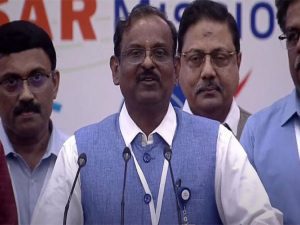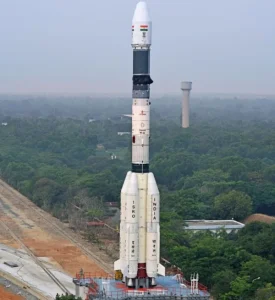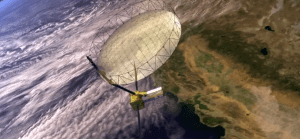GSLV F16 Successfully Injects NASA-ISRO NISAR Satellite into Orbit: ISRO Chief

In a significant milestone for India’s space ambitions and international scientific cooperation, the Indian Space Research Organisation (ISRO) has successfully launched and deployed the NISAR Satellite using its Geosynchronous Satellite Launch Vehicle, GSLV F16. The achievement, as announced by the ISRO Chief, marks a new chapter in the country’s robust partnership with NASA and highlights India’s evolving capabilities in advanced Earth observation.
The NISAR Satellite, short for NASA-ISRO Synthetic Aperture Radar, represents the world’s first dual-frequency radar imaging satellite designed to provide unprecedented data on Earth’s land and ice surfaces. By harnessing both L-band and S-band radar frequencies, the satellite aims to deliver high-resolution, all-weather, day-and-night images that will transform how scientists monitor changes across the planet.
At the heart of the mission is the spirit of collaboration. Jointly developed by NASA and ISRO, the NISAR Satellite combines cutting-edge American radar technology with an Indian-built satellite bus and launch capability. According to the ISRO Chief, this synergy between the two space agencies symbolizes a shared commitment to using science for addressing global challenges, including climate change, natural disasters, and sustainable development.
The launch of the NISAR Satellite aboard GSLV F16 took place from the Satish Dhawan Space Centre, under clear skies that mirrored the mood of excitement and anticipation. Moments after liftoff, the launch vehicle performed flawlessly, following a precise trajectory before successfully injecting the NISAR Satellite into its designated orbit. Cheers erupted in the mission control room as confirmation of separation was received.


Describing the successful deployment as a “proud moment” for the nation, the ISRO Chief emphasized the technological complexity of the mission. The GSLV F16, an advanced version of India’s workhorse launcher, was chosen specifically to handle the satellite’s size and weight while ensuring precise orbital insertion. This success, the Chief noted, is a testament to years of rigorous engineering, testing, and teamwork.
Beyond the engineering triumph, the scientific promise of the NISAR Satellite is equally remarkable. The satellite’s dual-frequency radar instruments are expected to observe minute changes in the Earth’s surface, from tracking glacier movements in the Himalayas to monitoring soil moisture and agricultural patterns across continents. Such data will help researchers better understand natural hazards like earthquakes, landslides, and volcanic eruptions, as well as study long-term environmental changes driven by global warming.
Importantly, the NISAR Satellite will also support policy makers and disaster response teams by providing near-real-time information. For a country like India, where millions are vulnerable to floods, droughts, and cyclones, this capability could enhance preparedness and resilience. The ISRO Chief highlighted that the satellite’s findings will not be limited to scientific circles but will benefit farmers, urban planners, and communities worldwide.
In addition to its scientific and humanitarian value, the NISAR Satellite mission reflects India’s rising stature in the global space community. The ability to build, launch, and operate complex satellites in collaboration with a leading space agency like NASA showcases India’s technological confidence and ambition to contribute meaningfully to international scientific efforts.
Looking ahead, the ISRO Chief confirmed that the agency has an ambitious roadmap of launches planned, covering areas like deep space exploration, navigation, and satellite-based internet services. The success of the NISAR Satellite mission, he added, would serve as both inspiration and foundation for these future endeavors.


With the flawless launch of GSLV F16 and the successful deployment of the NISAR Satellite, India has once again demonstrated its capability to merge ambition, precision, and partnership — opening a new era of discovery and global cooperation from the skies above.
Read More: https://channel6network.com/kerala-couple-arrested-for-extortion-attempt/

